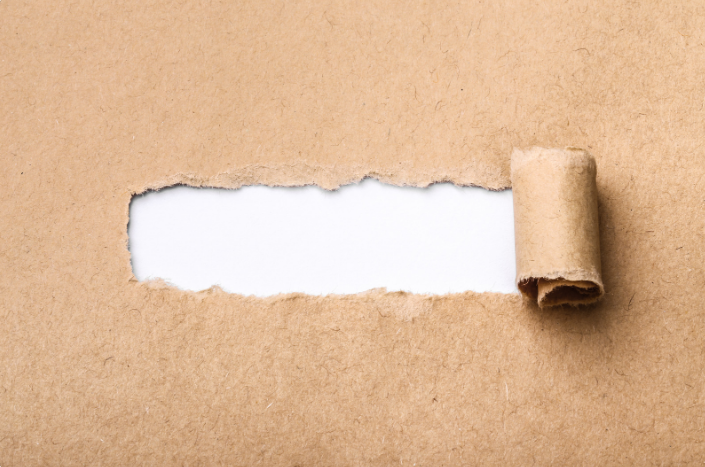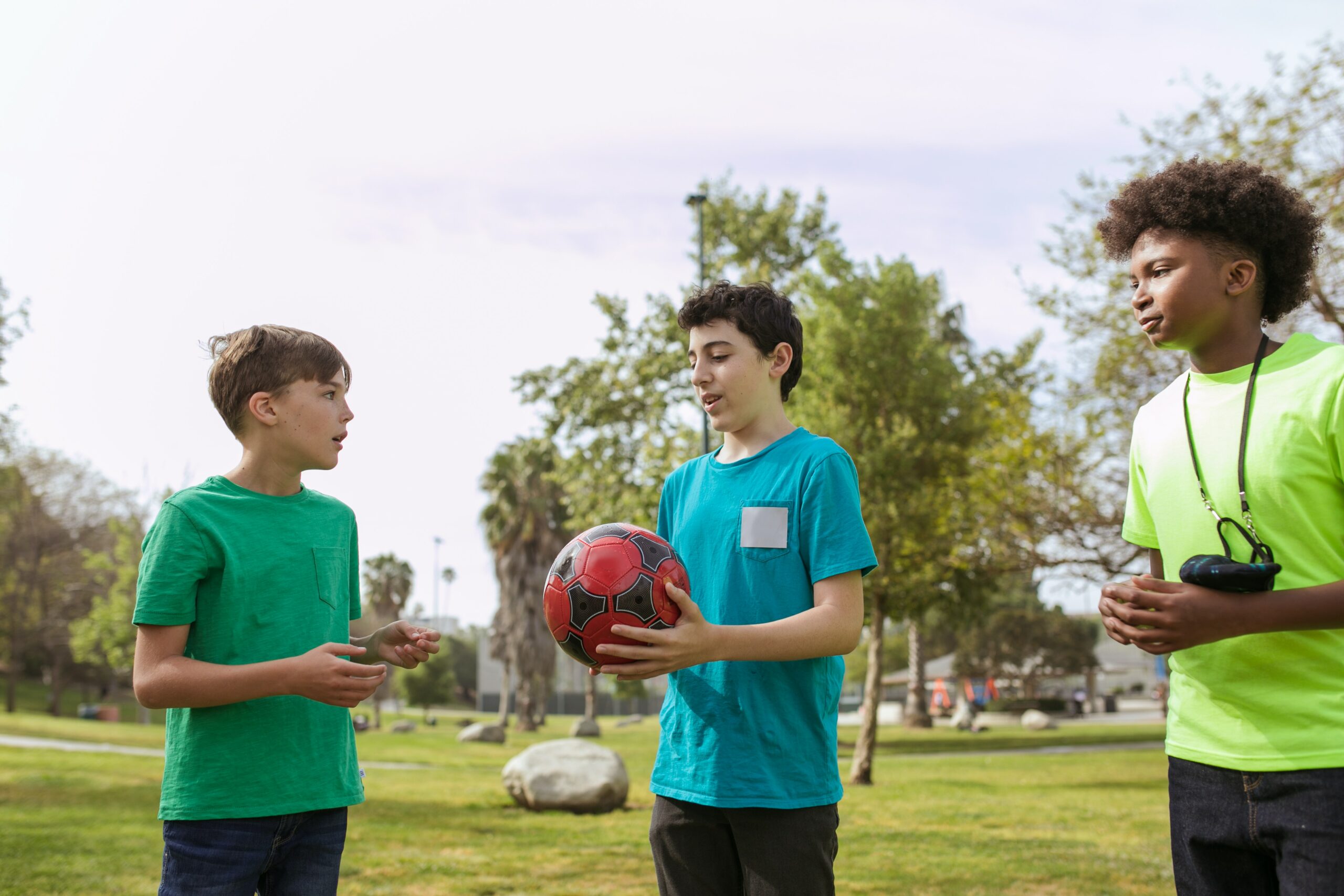Skin tears are acute, traumatic injuries that usually result from an accident or direct trauma.
Prevention is always better than cure when dealing with these types of injuries. However, if tearing on the skin has already happened, first aid is the best intervention to prevent complications.
How Skin Tears Occur
Skin tears are acute wounds that can lead to complications such as infection and delayed recovery if not treated properly.
The prevalence of this injury may vary across different areas, but there is strong evidence that it mostly happens due to pressure injuries in the outer layer of the skin. A slight abrasion, scrape, or shear can partially or separate the skin from the bottom layer, resulting in skin tears.
Older people have a higher risk of experiencing skin tears due to their fragile skin caused by aging, especially those with poor nutrition or steroid dependence. They are the most common wound that occurs in the elderly but is largely preventable.
Tearing of the skin can happen to anyone, but people with dry, thin, and fragile skin are more prone to injuries. Other risk factors include poor health, certain medications, people with chronic dry skin, and infants.
Report shows that people suffering from skin tears may experience pain and decreased quality of life. For this reason, first aid treatment is necessary.
First Aid For Skin Tears
There are three main goals when providing first aid for skin tears – to prevent infection, protect surrounding skin and keep the wound area moist to support healing.
Before treating a skin tear, wash your hands and put on gloves, then follow these steps:
Apply Pressure On The Wound
After sustaining a skin tear, the first action is to apply pressure to control the bleeding. Elevate the part of the injury to stop further bleeding.
Rinse The Injury
Rinse the injury with clean water or a saline solution. Gently cleanse it to avoid tearing the skin worse. Avoid using hydrogen peroxide or other products, as they can be harmful or caustic to the skin.
Washing to wound continuously with clean water is essential.
Let The Skin Dry
Let the skin dry by air or pat it carefully using a clean cloth. Do not rub the injury.
If the skin flap is still attached, try rolling the skin back over the wound. Avoid cutting the skin flap off.
Cover The Wound
Cover the wound using a clean, non-stick pad dressing appropriate for skin tears.
Follow-up Care
Follow-up care is a key part of first aid treatment. Attend all your follow-up appointments and call your doctor if you are experiencing abnormal symptoms or problems.
Skin tears are usually not serious and heal on their own with basic first aid treatment. The healing process will depend on your body type and the type of tear that occurred.
Prevention
The best way to treat skin teats is to make sure they never happen in the first place. Preventative measures to prevent tearing of the skin include:
- Applying lotion to the arms and legs. Dry skin can tear much more easily.
- Drink plenty of water to help the skin be more elastic.
- Make sure to have proper lighting at home. Skin tears are often caused by accidentally bumping into dark surroundings in your home.
- Remove any furniture or object that can block a clear path (bed, tables, clutter, etc.)
- Put padding on sharp corners with foam or folded clothes to soften the corners.
Be Prepared To Treat An Injury
Skin tears should be taken seriously because if a wound gets infected, it can lead to complications. Therefore, it is highly beneficial to know first aid in the event of emergencies at home, at work, on the road, and even during camping trips.
Learn how successfully provide wound care or bleeding treatment in an emergency by enrolling in a first aid course.
Find out more with First Aid Courses Darwin.








